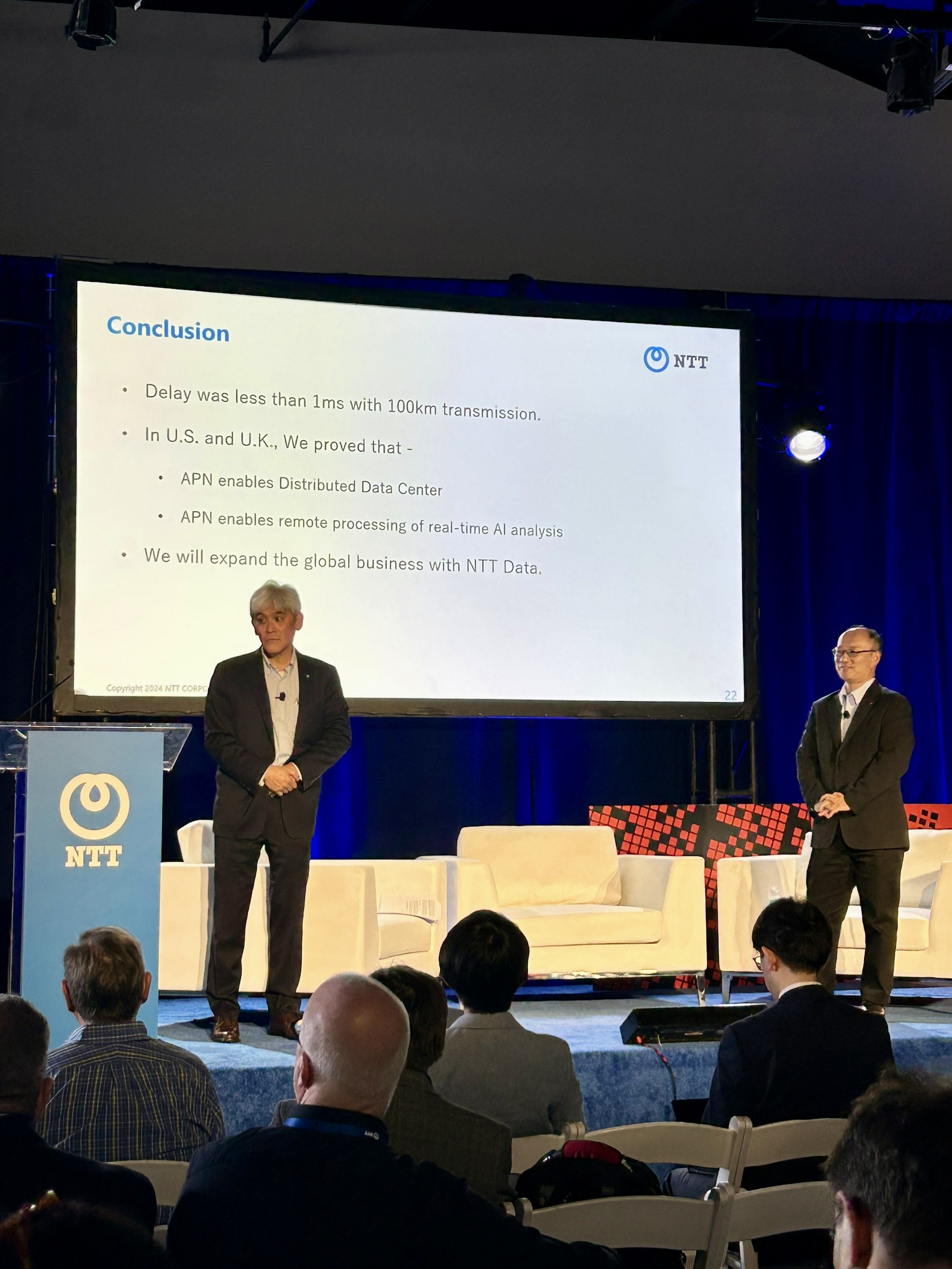It’s still heartening to see that big companies can still invest in basic research, with much of the work done in Silicon Valley.
Japanese telecommunications firm NTT announced a series of research projects last week that could pave the way for better AI and more energy efficient data centers.

Unlock premium content and VIP community perks with GB M A X!
Join now to enjoy our free and premium membership perks.
![]()

![]()